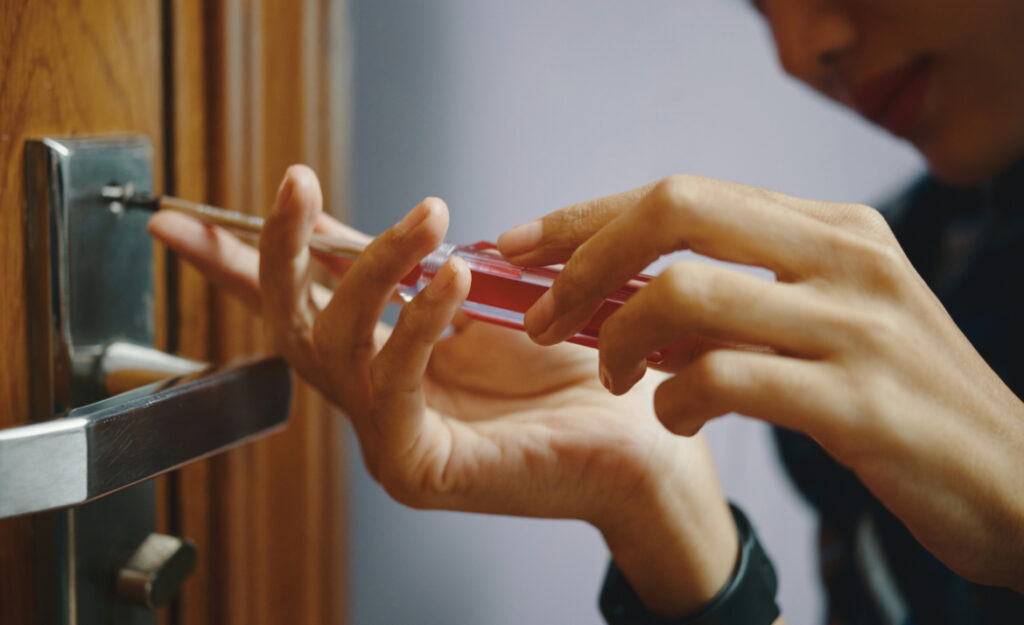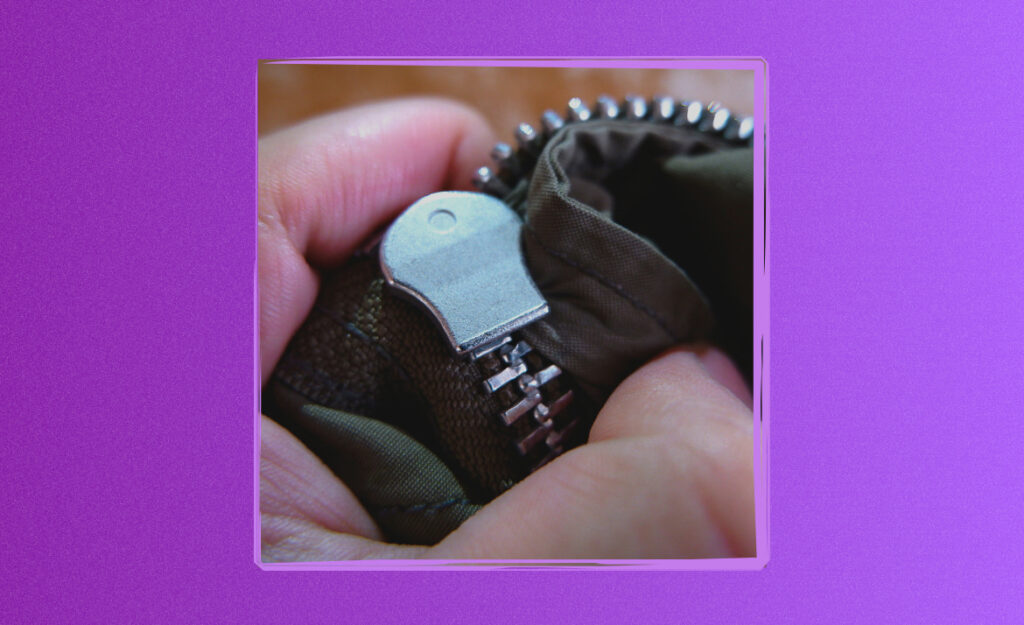
Staring at a stubborn lock with no time to spare is never convenient. Yet, a reliable jammed lock fix can turn the tide, letting you move forward, not just fuss over keys and knobs.
Running late or holding bags, being locked out challenges both patience and planning. Knowing practical actions to take in this common situation makes all the difference when urgency kicks in.
This article walks you through realistic jammed lock fix approaches you can use in minutes. Dive in for hands-on tactics, troubleshooting guides, and expert-tested scripts for handling the stress fast.

Jammed Drawer Fix: Tool-Free Solutions for Stuck Drawers
Discover tool-free strategies to fix jammed drawer issues fast.Pinpointing the Root Cause Sets the Right Plan in Motion
Identifying the true reason for a jammed lock speeds up your response. Instead of guessing, quickly align your effort with what’s actually blocking the mechanism.
Turn the key gently but firmly. If it doesn’t budge, note any click, grind, or loose motion—that subtle feedback steers you to the culprit behind the jammed lock fix challenge at hand.
Observing Symptoms for Clues
Listen to the sound the lock makes. If it’s silent, the pins may be stuck. If it rattles or has a spongy feel, something could be misaligned or broken internally.
Feel for resistance throughout the turn. A steady block usually means debris, while a jumpy or uneven twist suggests misalignment or a bent key. Each case points to a tailored solution.
Check visible parts of the keyhole. If you see dirt, shavings, or rust, these physical signs mean cleaning or lubricating could help. Don’t ignore the history of recent trouble with this lock.
Testing with a Spare Key or Dummy Object
If you have a spare key, try it gently. If both keys fail similarly, the issue is with the lock itself—not the key. Rule out key damage here.
Insert a flat, sturdy item—such as a laminated card—beside the stuck key. Wiggle lightly; if the lock responds, a small obstruction or misaligned wafer could be the cause. Proceed based on the feel.
Never force any makeshift tool. If you feel sudden give or hear a snap, stop immediately. The right jammed lock fix emerges only when the cause is pinpointed and pressure is applied wisely.
| Symptom | Likely Cause | What to Try | Next Step |
|---|---|---|---|
| Key won’t turn | Debris or worn pins | Lubricate keyhole | Use graphite or dry spray |
| Key turns but lock stays shut | Latch misaligned | Jiggle door or knob | Adjust door position |
| Grinding or squeaking | Lack of lubrication | Add lubricant | Work key in and out |
| Key stuck inside | Bent key or warped pins | Gentle pull, lubricate | Alternate push-pull motion |
| Lock rattling | Loose cylinder | Tighten faceplate screws | Test again after securing |
Dealing with Keys that Refuse to Turn or Extract
The fastest fix happens when you match your technique to whether the key won’t turn, or it’s stuck halfway. Precision here saves time and preserves your key and lock.
Grip the key near the base and apply steady pressure. Combine a gentle rocking action if the lock feels gritty—a key jammed fix succeeds when you listen and feel.
Maintaining Control with Common Household Tools
Use a soft cloth for grip, giving you control without harming the key. Needle-nose pliers can help in a pinch, but steady your hand to avoid bending the metal.
- Grip the key with a soft cloth for improved leverage—avoid bare hands for better control and less slippage in a jammed lock fix.
- Test lubricant sprays before full use; a little goes a long way and prevents residue buildup, which helps avoid new jams down the road.
- Insert and remove the key in small increments, feeling for motion. Each success lets you advance without forcing the lock into further dysfunction.
- Be gentle with pliers. If resistance increases, stop and reassess, as over-torque risks breaking the key off and escalating the problem.
- Lightly tap the handle of the tool (never the lock) to jar stuck pins. The vibration sometimes shifts internal grime or rust for quick relief.
Take your time, even while rushing—each slow, deliberate move protects against costly breakages, making the jammed lock fix smoother.
Addressing Broken Key Extractions
If the key snaps and part remains inside, keep calm. Slide a thin, stiff metal strip alongside the fragment, tilting upwards as you pull.
- Slide a thin blade beside the key to grip and pull the broken end—this targets the visible edge without pushing debris deeper into the lock.
- Align two tweezers on each side of the key stub. Squeeze gently and pull straight out, minimizing risk of internal scratching or damage.
- Lubricate before extraction—dry graphite or a spritz of silicone eases the way, especially with fiddly or tight-fitting barrels.
- Work slowly, tilting the broken piece in increments. Forcing extraction at the wrong angle can jam it further or damage internal pins.
- Pause if metal flexes or splinters. Consider calling a locksmith—sometimes, safe removal is worth the wait compared to creating a larger, costlier jammed lock fix scenario.
Completing the extraction brings relief. If resistance continues past several attempts, switching to a professional is smart.
Speedy Lubrication and Cleaning Strategies to Keep Locks Turning
Quickly restoring movement to a stubborn lock is possible with the right cleaning and lubrication approach. Always use minimal product to prevent long-term buildup and stickiness inside the lock.
Spray the lubricant precisely into the keyway; follow with the key, working it in and out. Wipe excess away so nothing attracts more grime and a future jammed lock fix isn’t needed.
Choosing the Right Product for Everyday Relief
Select dry graphite powder for internal lock mechanisms since it won’t gum up with dust or cold weather. For exposed outdoor locks, silicone spray prevents freezing and repels moisture effectively.
WD-40 or oily sprays provide immediate movement but may attract grit. Alternate use with a dry option for lasting smoothness in doors facing weather changes or heavy usage.
Avoid household oils such as olive or cooking oil, as these lead to sticky residue. Use products labeled specifically for locks to keep future maintenance streamlined.
Cleaning without Dismantling
Insert a cotton swab dipped in isopropyl alcohol into the keyhole, twisting gently to loosen old grime. Follow with gentle air puffs using a spray duster or a plastic straw.
Use a toothpick or soft brush for loose debris. If sludge persists, rotate the brush in small circles, then reapply your chosen lubricant for restored locking motion.
Check for improvement at each step. If resistance fades, repeat in a week; if not, escalate to a more thorough jammed lock fix, perhaps involving the removal of the cylinder by a professional.
Quick Wins with Real-World Tactics for Doors and Padlocks
Work smart by matching your approach to the type of lock. Entry door deadbolts, car locks, and heavy outdoor padlocks require slightly different scripts and strategies for a prompt jammed lock fix.
For exterior locks exposed to dirt, brush and blow away visible debris before lubrication. With car doors, check for key fob battery failure, which sometimes appears as a lock issue but requires a separate fix.
Common Issues with Home Entry Deadbolts
If your deadbolt sticks, push the door in or out as you turn the key. The frame can settle or swell, making precise door positioning crucial for a successful unlock in a hurry.
Apply a shoulder nudge if your hands are full, using your hip for a gentle alignment shift. The combination of physical force and key movement often breaks the stuck pattern quickly.
Once open, mark the door’s sticky spot with a sticky note as a reminder to adjust the strike plate later. Preventing future jams is as crucial as today’s fix.
Outdoor Padlock Fixes on the Go
For rusted padlocks, soak the shackle area with silicone spray. Let it penetrate for sixty seconds before pulling and turning the lock; time is your ally in freeing up seized parts.
Tap the lock gently against a firm surface to dislodge stuck internal pins. Use caution to avoid denting the shackle; vibration often loosens rust or ice inside older padlocks.
If repeated efforts fail after three attempts, keep a bolt cutter or a spare lock handy in your kit. Sometimes, replacement outruns repair, saving your schedule and stress level on repeat lockouts.
Staying Prepared: Everyday Preventive Habits to Avoid Jam-Inducing Surprises
Regularly maintaining your locks is less about heavy routines and more about tiny, easy steps that prevent a jammed lock fix crisis from catching you off-guard.
Adding thirty seconds to your routine makes a big difference in a month or a year, keeping both your keys and locks smoothly compatible for when you’re in a hurry.
Monthly Quick-Check Rule
Test every lock you rely on at the start of the month. Insert and turn the key; listen for resistance, and notice any unfamiliar friction or squeak—addressing these subtle clues now prevents bigger issues later.
Spray a dab of lock lubricant only if the movement isn’t effortless. Over-lubrication attracts dust, so think “less is more.” Record problem spots in your phone notes to track recurring issues.
Rotate backup keys through the locks every so often. If a spare fails to work easily, replace it before you actually need it in an emergency, just like switching out battery backups in your smoke detector.
Spot-Testing in Different Seasons
Locks behave differently in winter and summer due to shifting frames, expanding metal, and varying humidity. Test problem doors after the first hot or cold snap to monitor new jams.
Address seasonal sticking—the same door that opens fine in June might resist by January. Spraying with silicone keeps moisture out and ensures a jammed lock fix isn’t a winter morning surprise.
Write yourself a note—a sticky on the door or a recurring monthly digital reminder—to check locks after each big temperature change. Small actions now beat a lockout rush later.
Conclusion: Consistent Habits and Smart Fixes Put You in Control
Addressing a jammed lock before panic has time to set in is all about matching quick actions with root causes and learning from each challenge for your next fix.
Since door hardware is part of daily routines, your confidence grows with each hands-on attempt. New issues transform from emergencies into small, manageable steps you know you can handle under pressure.
Finishing each job with a note or a quick maintenance step keeps future frustrations at bay—a win for your schedule and your peace of mind, not just for the day but for all hurried days to come.
Frequently Asked Questions
What’s the safest lubricant for quick lock fixes?
Graphite powder is best for most home locks since it doesn’t trap dust or gum up over time. If you’re in a rush, a silicone spray works great for a speedy jammed lock fix and moisture resistance.
Can I use household oils like WD-40 or olive oil in a jam?
WD-40 gives immediate relief but can attract residue with repeated use. Avoid cooking oils entirely, as they become sticky and worsen jams. Stick to lock-specific lubricants whenever possible for best results.
What if my key breaks inside the lock while fixing a jam?
Stay calm—use tweezers or a thin blade to slide out the fragment. If the key remains stuck after several careful tries, it’s time to call a locksmith. Forcing the broken end can permanently damage the lock cylinder.
Why does my lock jam only in certain seasons?
Temperature, humidity, and changing door frames affect alignment and internal moving parts. Prevent locking issues by performing a jammed lock fix and quick test after sudden weather swings or extreme changes in temperature and use appropriate lubricants each season.
Are jammed locks a sign it’s time to replace the hardware?
If fixes have become monthly and keys or locks feel loose, it’s wise to consider replacement. Persistent jamming signals worn-out internal mechanisms, and new hardware avoids future emergencies and supports smoother daily schedules for years to come.



